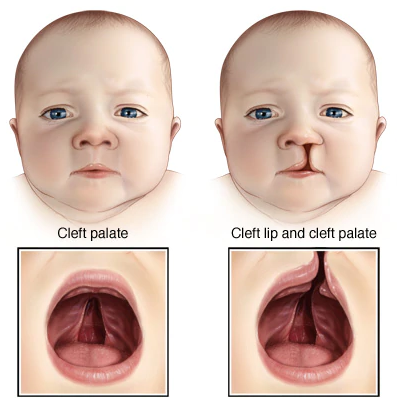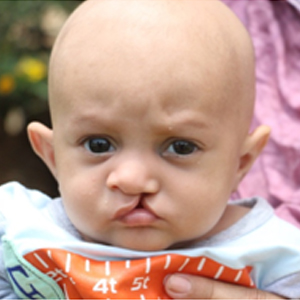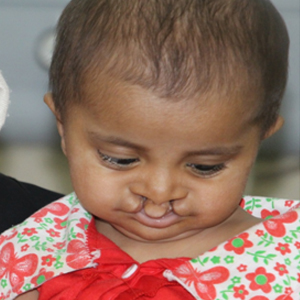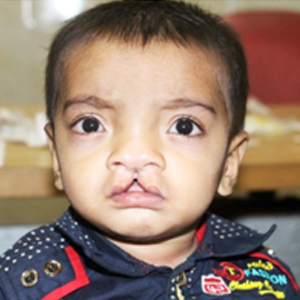16 Nov Types of Cleft

Unilateral Cleft lip

Bilateral Cleft lip

Mid line Cleft lip

A cleft lip can range from a little notch in the colored part of the lip to a complete separation of the upper lip which can extend up and into the nose. A cleft palate is a gap in the roof of the mouth. Cleft lip and palate can occur separately or together.
A cleft lip or cleft palate can be either unilateral (one side only) or bilateral (both sides). A cleft can be either complete or incomplete. A complete palatal cleft involves both the primary and secondary palate, while an incomplete cleft involves the secondary palate only. A child may be born with either a cleft lip or cleft palate or both. Combined cleft lip and palate represents approximately 50% of incidents, cleft palate only alone 30%, and cleft alone 20%.

